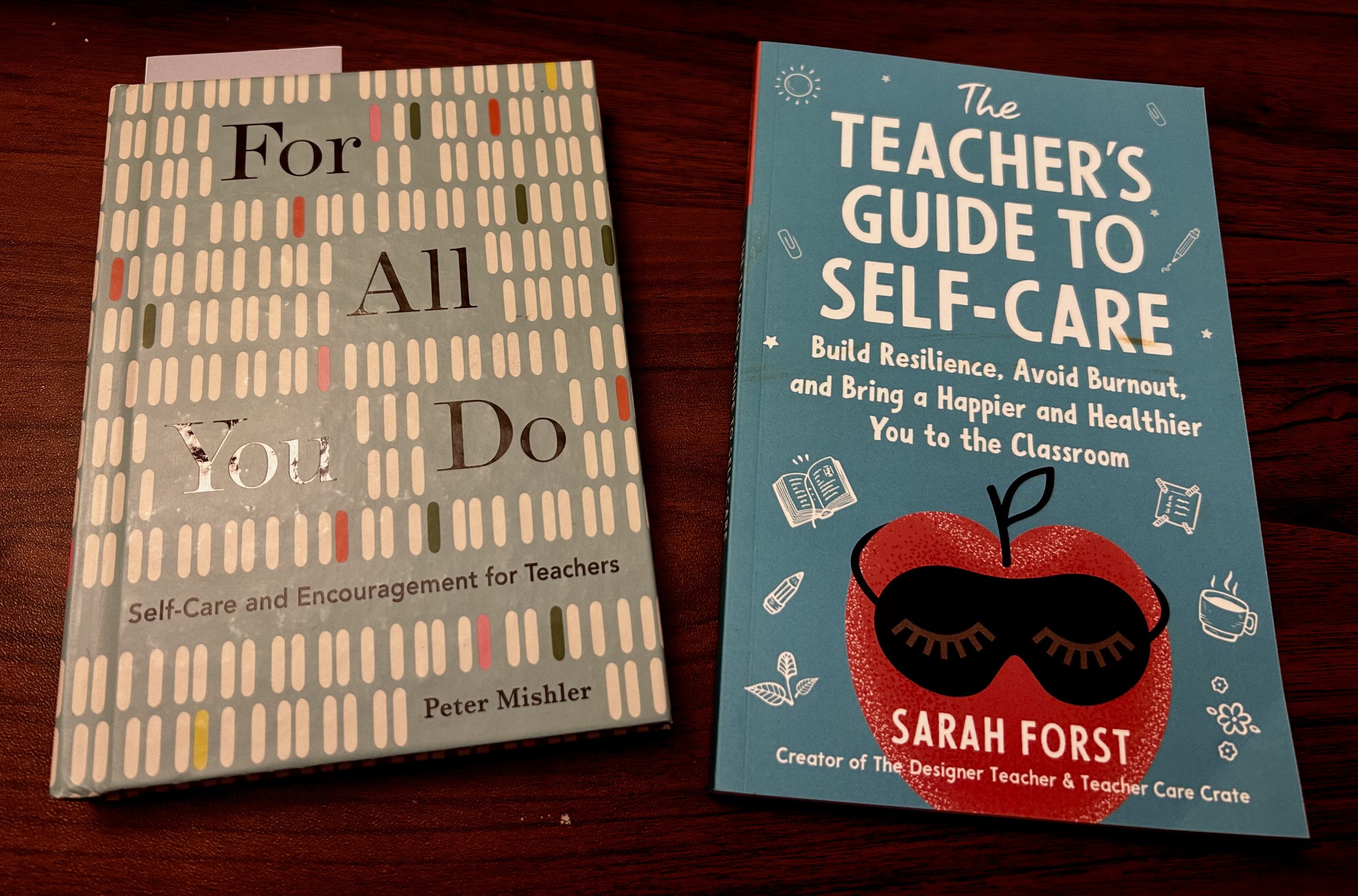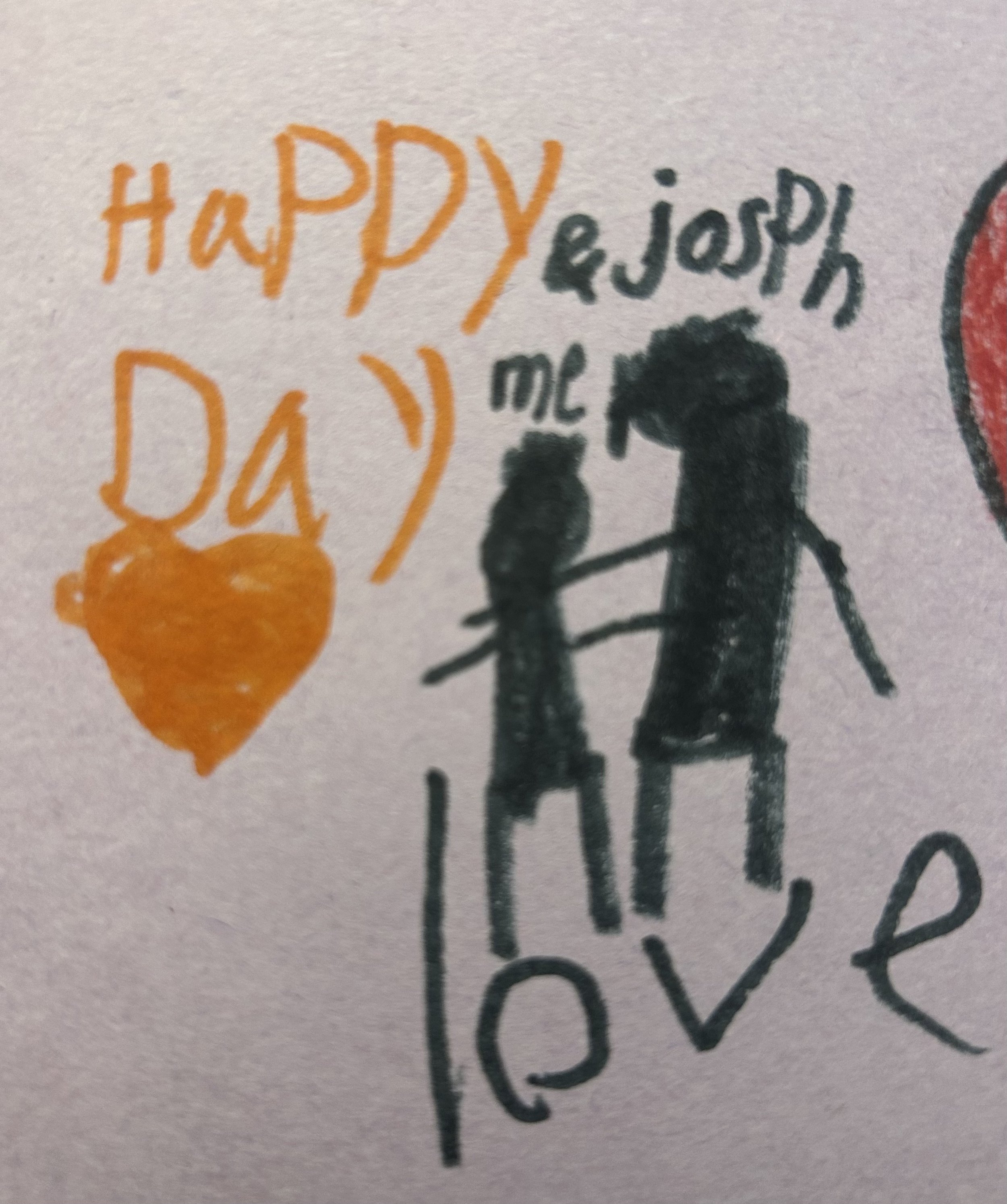Quality Standard 4: Teachers demonstrate professionalism through ethical conduct,
reflection, and leadership.
As an art educator, I strive to embody professionalism by engaging in deep reflection, ethical leadership, and a commitment to fostering creativity and critical thinking in my classroom. I see my role not just as a teacher but as an advocate for the transformative power of the arts in education, the school, and the wider community. Olivia Gude reminds us that “art education should not just reproduce conventional ideas but foster new ways of seeing, thinking, and acting.” Inspired by her philosophy, I design lessons that promote empathy, equity, and creativity, ensuring my professional conduct aligns with a broader vision of justice in the world. My efforts are guided by the belief that art is not just a subject but a means to inspire young minds to reflect on societal issues and imagine a better future.
Reflection is central to my practice as an educator. I hold a learner’s heart and am committed to being a lifelong student of the arts. Olivia Gude once said, “Great art teaching is about more than just projects; it’s about inspiring students to see the world differently and to imagine ways of making it better.” This resonates deeply with me and inspires my efforts to help students understand the transformative potential of art. I remind them that they are future leaders, capable of using art as a tool for social change. Through my own artwork, I share concerns about the overuse of technology and the increasing dominance of left-brain thinking, challenging students to reflect on real-world problems and create art that expresses their unique perspectives.
• Element A: Teachers demonstrate high standards for professional conduct.
I hold myself to high standards of professional conduct, and over time, I’ve learned that maintaining these standards requires prioritizing my well-being. Early in my teaching journey, I discovered that when I am stressed, that energy can unintentionally transfer to my students, affecting the classroom atmosphere. By focusing on self-care and cultivating calmness, I’ve noticed that my instructions become clearer, and my classroom environment has become more supportive and nurturing.
To deepen this practice, I have started reading books on teacher self-care, shown below, and collaborating with fellow educators to develop techniques that promote wellness. I also plan to create resources in the future to support teacher wellness on a broader scale. As Parker J. Palmer, a renowned educator, wisely said, “Self-care is never a selfish act—it is simply good stewardship of the only gift I have, the gift I was put on earth to offer others.”
By caring for myself, I ensure that I can show up fully for my students and model the professionalism, emotional resilience, and balance I hope to cultivate in them. This journey of integrating self-care into my teaching practice has taught me that education is a lifelong commitment—one that thrives on both passion and sustainability.
• Element B: Teachers link professional growth to their professional goals.
I am fortunate to be surrounded by heart-centered professors and mentors who encourage me to grow professionally and provide constructive feedback. My professional development is fueled by resources from the National Art Education Association (NAEA) and research by leading art educators. One example of this commitment is a recent revision of my lesson on Kandinsky and synesthesia. Initially, I felt the lesson lacked depth, so I delved into research on Kandinsky's belief that lines and colors could evoke emotions and convey energy. I discovered how certain angular lines communicate tension while soft curves evoke calmness, an insight I incorporated into the revised lesson. In this new version, students explore the connection between music, colors, and emotions by creating abstract art that mirrors their emotional responses to music. This revision not only deepened their understanding of Kandinsky’s ideas but also allowed them to connect with their emotions in a more meaningful way. My willingness to revise and refine my lessons exemplifies my dedication to professional growth and to providing enriching learning experiences.
• Element C: Teachers respond to a complex, dynamic environment.
Growing up in India, a country of rich cultural complexity, I have learned to navigate and embrace diverse, multifaceted environments. In my current teaching context, I have encountered challenges unique to students from lower socioeconomic backgrounds, including those with parents in prison. Such realities often manifest as behavioral issues, which initially left me uncertain about how to respond. However, through consistent collaboration with the school counselor, classroom teachers, and my mentor, I developed strategies to create a nurturing and inclusive environment for these students. By maintaining a calm, consistent presence and showing genuine care, I witnessed remarkable improvements in their behavior and performance. One student, who had been disruptive, later confided that my classroom felt like a safe space. Below is a note given to me by that boy. My principal affirmed this by saying, “Some of these kids feel safe with you, and you are doing phenomenal work,” which was both humbling and motivating.
Educator Rita Pierson once said, “Every child deserves a champion—an adult who will never give up on them, who understands the power of connection and insists that they become the best they can possibly be.” Her words inspire me to continue responding to complex learning environments with empathy and perseverance. My aim is to create spaces where every child, no matter their background, feels seen, valued, and supported, knowing that education is not just about academics but about building trust and fostering growth.
• Element D: Teachers demonstrate leadership in the school, the community, and the teaching profession.
In the vast mosaic of humanity, every child is a vibrant, irreplaceable tile—each one holding a unique hue, a hidden gift waiting to shine. This truth unfolds before me daily in the classroom, where I witness students' boundless potential—some dazzling with their aptitude for numbers, others weaving poetry with their brushes, and a few, like a rare symphony, blending music and art into something extraordinary.
There was one such soul—a student whose art was inseparable from his music. At first, I thought his humming was mere play, a jumble of sounds scattered in the wind. But as I leaned closer, I heard a melody—a rhythmic river of his thoughts flowing into something profound. To nurture his talent, I gave him a challenge: to create a song about flowers. Within minutes, he conjured a piece so moving that it brought tears to my eyes—a poetic reminder of humanity's duty to protect the beauty of nature.
Recognizing his extraordinary gifts, I became a bridge—connecting his artistry to teachers, counselors, and his family. I saw my role not as a sculptor shaping his future, but as a gardener, tending to his growth, ensuring he is nurtured by a community of care and inspiration.
As Pablo Picasso so aptly said, “Every child is an artist. The problem is how to remain an artist once we grow up.” This echoes my belief that every child carries a unique spark, a gift that must be nurtured by those around them—teachers, parents, mentors, and peers. When we come together, we amplify their light and give them the confidence to illuminate the world.
When we identify and uplift the unique gifts of every child, we transform not just their lives but the world. Every teacher, every parent, every mentor is a thread in the tapestry of a child’s potential. Alone, we are limited; together, we weave something enduring and magnificent.
This journey has taught me that unlocking a child's potential is an act of faith—faith in their uniqueness, their dreams, and their ability to change the world. As I share this story, I extend an invitation: let us work hand-in-hand to nurture the brilliance of every child. Imagine a world where each gift, each voice, each melody is cherished. It begins with us, with open hearts and an unyielding belief in their possibilities.


